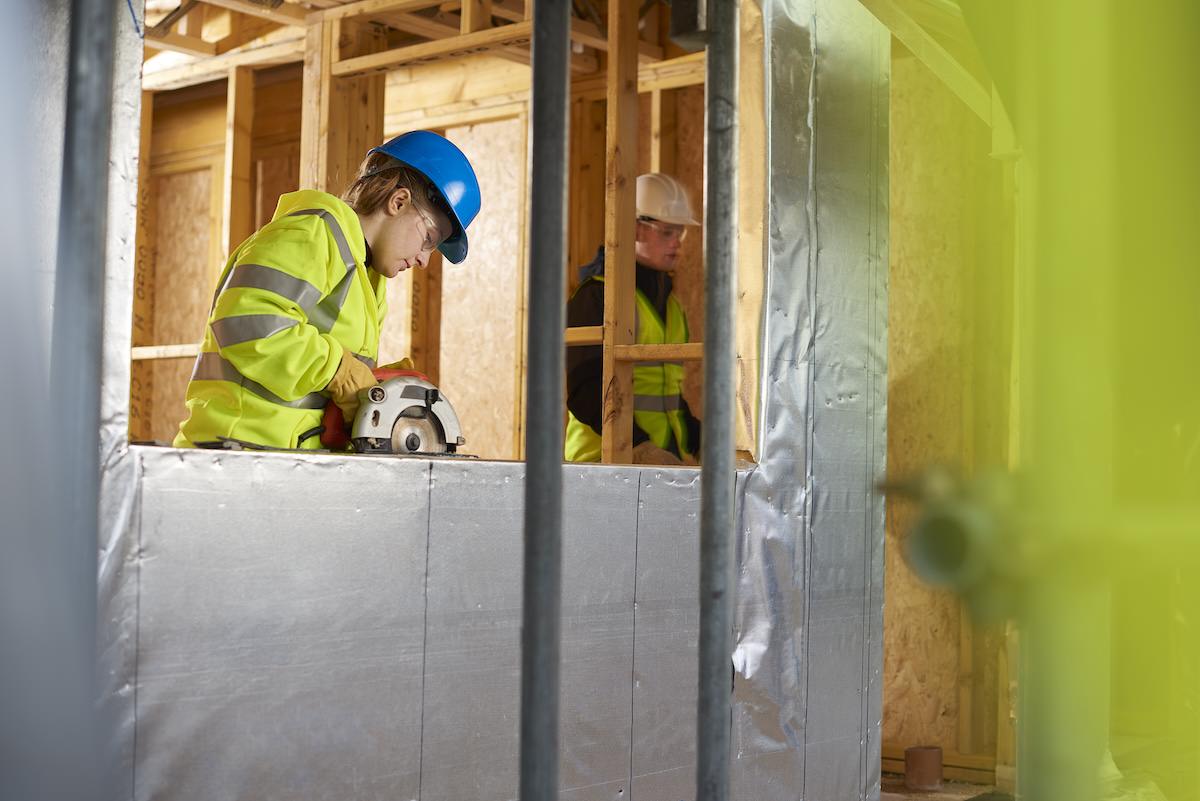
We work with exceptional design and consultancy partners who will complete an energy and carbon reduction audit. This will create a list of easy to tackle small wins, a list of big potential wins and more importantly, the most practical wins available, to reduce carbon emissions and lower ongoing operating costs.
External insulation is heavily under the microscope at present, as it is simply not known, post Grenfell, how many commercial and high rise buildings have insulative and decorative cladding that could be flammable.
It is very likely that insulation will be high on this list of significant improvement opportunities, but it is rarely one to tackle in isolation. Improving insulation with poorly fitted, single glazed or older double glazed windows will undo many of the benefits the insulation brings and is a logical issue to address at the same time. External cladding may well necessitate new windows, to account for the increased thickness of the walls.
The open water sourced heat pump project at Plas Newydd was an interesting one in that the first job, before the heat pump work started, was to reduce demand first. Whilst insulation was only practical in a few areas, by switching to LED bulbs throughout and tackling other smaller wins, energy demand was greatly reduced. This meant that when the heat pump was specified, it was much smaller than initially thought and savings were delivered here, as well as in ongoing costs.
The same is true of insulation. You have to look at it holistically. On its own, it may be extremely difficult to make the numbers work and achieve viability, but as a whole, and combined with other measures, can deliver huge carbon reductions.
You can speak to the team by ringing us on 0151 343 1963, email us at website@kimpton.co.uk or complete the form at the bottom of the page below.
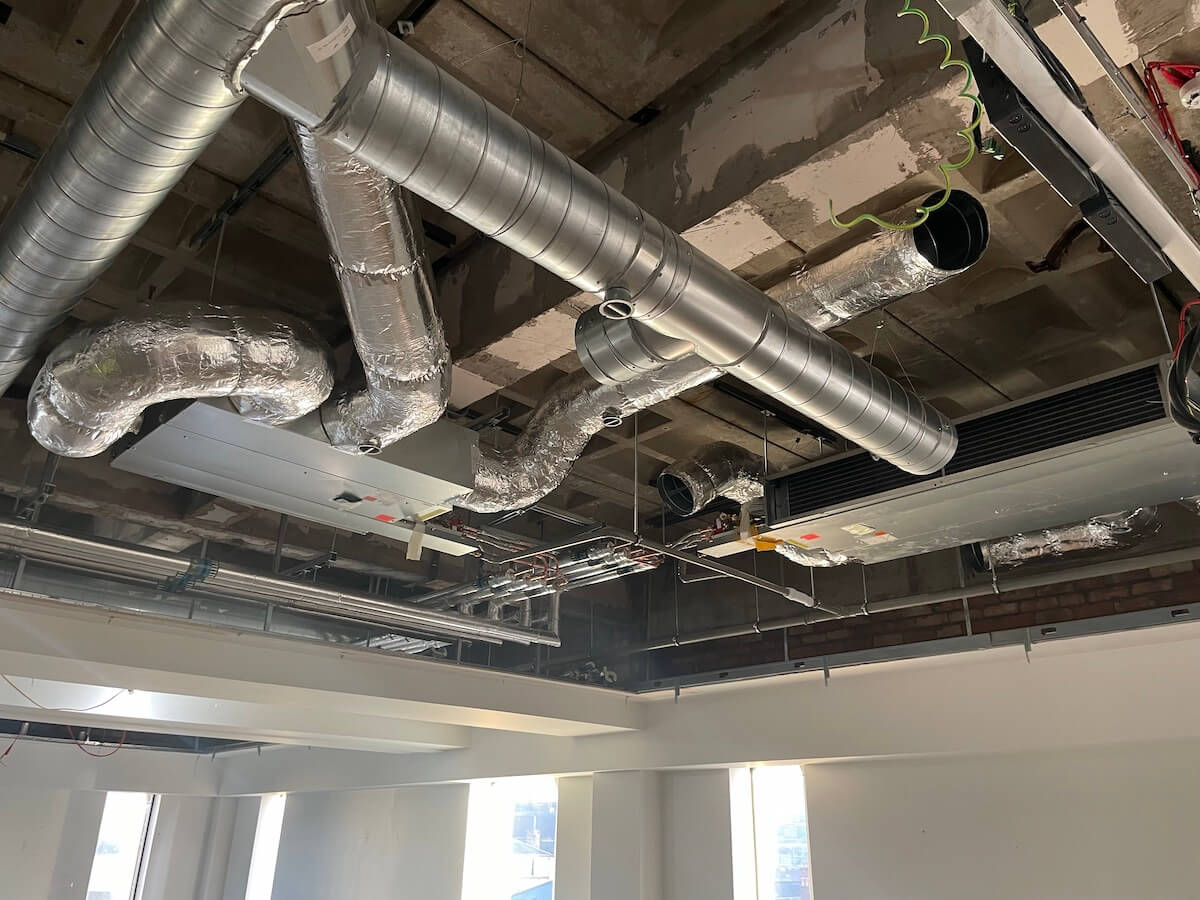
Insulation is the decarbonisation super power. When we complete an energy assessment or audit, to evaluate a businesses carbon output, it often offers the biggest potential win in carbon reduction.
Insulation is a crucial component of decarbonising a business or building for a number of reasons:
Insulation creates a thermal barrier that reduces the transfer of heat between the inside and outside of a building. This means that during hot summers, less heat infiltrates the building, and during cold winters, less heat escapes. As a result, the building requires less energy for heating and cooling, leading to lower energy consumption and reduced carbon emissions.
Heat loss from walls and roofs is significant. In this study from Resurgence, they show the average loss as follows:
Walls 38%
Roof 28%
Windows/Doors 8%
Ground Floor 7%
Draughts 20%
The dramatic change in EPC rating requirements have changed the face of long term property usage. By April 2027, commercial buildings will have to have achieved an EPC rating of C, which is quickly followed by the requirement for all rented commercial premises achieving a rating of B by 1 April 2030. Failure to reach these standards will mean the property cannot be let or sold, until significant improvements are made.
Reaching these standards will have a huge impact on business and, for many commercial properties, require significant work. Insulation will make a large step towards achieving these higher standards.
Failure to reach these EPC targets will have two significant effects. Firstly, the building will be more expensive to own and operate, as energy consumption will be comparatively high. Secondly, and perhaps most significantly, the value of the building will be greatly reduced, as it can only be sold with the improvements already made, or effectively as a ‘project’ that needs the improvement work completed, to allow it to be sold commercially at its full value.
A well-insulated building requires less energy to maintain its target temperature. This not only reduces operational costs but also decreases the overall carbon footprint of the business. By using less energy, you reduce the reliance on burning fossil fuels. Even if you are using your own energy generated by solar PV, your overall carbon footprint will be reduced and your solar will provide a greater proportion of your energy requirements for more of the year.
Insulation improves indoor comfort by maintaining consistent temperatures and reducing drafts. A comfortable workspace can lead to increased productivity and well-being among employees, contributing to a more sustainable and employee-friendly business environment. No-one wants to work in a cold, draughty office in winter, or be sweating at their workstation in summer.
In hospitality, spaces that are too hot or cold are a major source of complaint. With many hotels now having non-opening windows, it’s vital that the temperature and ventilation levels are carefully monitored and controlled to minimise heat loss (or gain). Insulation is critical to being able to deliver this, whatever the outside weather
Lower energy bills resulting from insulation will lead to long term cost savings for a business. This long term saving will allow your business to operate with a significant competitive advantage over those competitors with higher operating costs. It allows for lower pricing in the market, or a greater margin to allow you to invest in new plant, machinery, staff or services.
Insulation is a long-term investment. Once installed, and with almost zero maintenance, it continues to provide energy savings and carbon reduction benefits for the usable life of the building, or at least until it is given a major overhaul. This long-term sustainability aligns with the goals of decarbonisation efforts, to reduce carbon emissions over an extended period.
We have all seen the changing face of weather in the UK. Weather is more extreme and seasons are becoming less pronounced than previously. Well-insulated buildings are better equipped to withstand these extreme weather conditions of cold, wet and wind, which are becoming more frequent due to climate change. This resilience can protect business assets and operations.
There do not appear to be any major studies on commercial building insulation in the UK, but for residential property, the picture is very clear. The UK has the lowest level of insulation of any major country in Europe according to a study completed by Tado.
Tado examined 80,000 homes in 11 European countries and found that a home in the UK with an indoor temperature of 20 °C and outside temperature of 0 °C loses 3 °C on average after five hours. By comparison, Norway loses 0.9 °C and Germany 1 °C and are the countries with the lowest home temperature losses. This means that UK homes are losing heat three times faster than houses in Norway and Germany.
The UK is followed by Belgium (2.9 °C), France (2.5 °C), the Netherlands (2.4 °C), and Spain (2.2 °C). Heat loss is higher in these five countries than the average loss (1.8 °C) of all evaluated countries.
Sweden, Denmark, and Austria all have average home temperature loss of 1.2 °C. The UK has the oldest average housing stock, and statistically, (based on EPC ratings) energy costs for older homes are more than double those of newer ones.
You can speak to the team by ringing us on 0151 343 1963, email us at website@kimpton.co.uk or complete the form at the bottom of the page below.
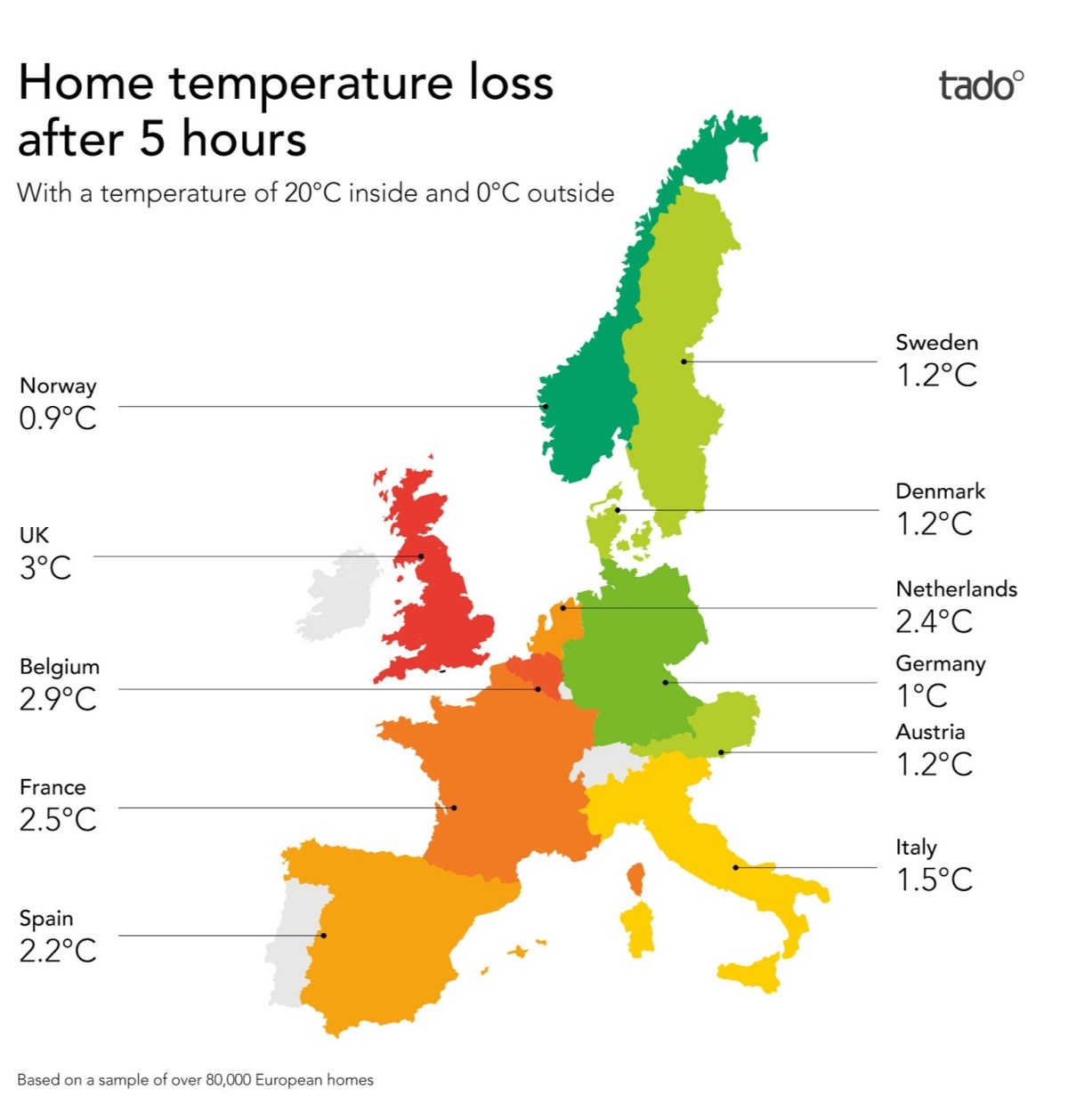
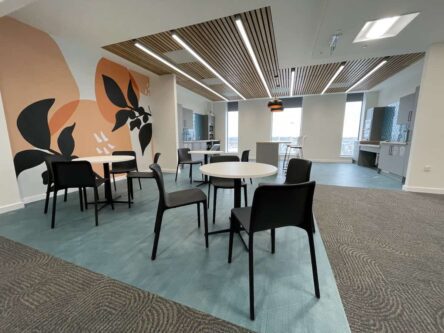
Client: Crown Commercial Services Site: 39 Old Hall Street, Liverpool Value: £1.2m Project: Full floor by floor refurbishment Project Manager: Scott
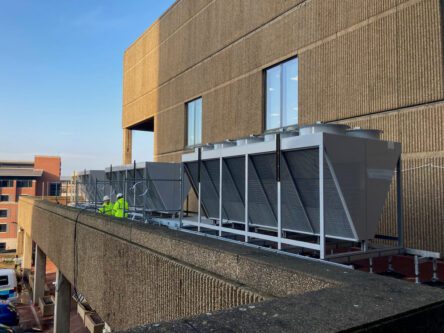
Client: Trinistar Investments Site: The Capital Building, Liverpool Value: £7.5m Project: Cat A Refurbishment Project Manager: Scott Bennett Background The
If you would like to discuss any of our services, please call 0151 343 1963 or complete the form below and we will be in touch shortly.